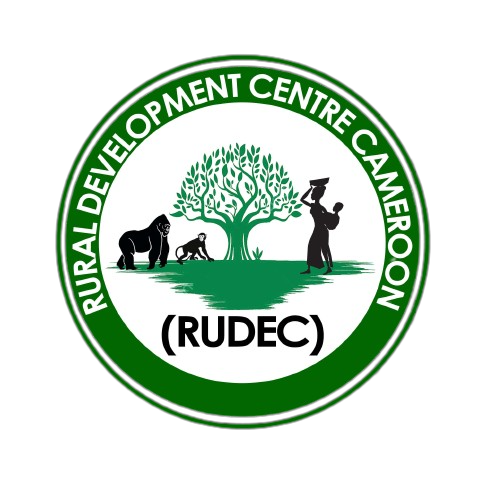Rural Infrastructural Development
It is also the second leading cause of death. Not only does clean water significantly reduce waterborne diseases and their life-threatening effects, it also leads to better daily school and work attendance. This enables families to lead healthier, more productive lives. Every child deserves clean water. It is not only a basic human right; it is also the essential building block of life that allows children and their communities to survive and flourish. 844 million people lack access to clean water 1/3 of the world’s population (2.5 billion) lack access to improved sanitation Women and girls primarily carry the burden of fetching water and taking care of sick children, leaving girls out of school and women unable to pursue income generating activities.
How It Works
RUDEC brings lasting positive change to communities by facilitating their clean water supply using methods such as Boreholes, deep wells that supply safe water; storage containers for rainwater; piping systems to irrigate crops and improve access to clean water; purification equipment to treat water contaminated by bacteria and other disease carriers; hygiene education, and latrines and hand-washing stations to protect clean water sources and improve children’s health.
Work Done So Far
RUDEC has been working with communities in the deep country side of Cameroon since 2009 in providing drinkable pipe borne water. RUDEC has so far supported over 40 villages and semi urban communities with population of over 60,000 people with children being the highest number of beneficiaries. We have also done Hygiene & Sanitation sensitization campaigns in over 40 community schools.
Despite all the experience and successes in this field, RUDEC is still flexible to recent innovations as we strife to improve on our current programs.
Long-Term Impact
By giving water, you can give life. Clean water and safe hygiene practices help restore health and free children from deadly, preventable diseases. It frees women and girls from a life spent gathering dirty, contaminated water. It saves livestock and farms. And it opens the door to education and a promising future. Our work succeeds because the model is sustainable, community-based, and community-owned. A recent study in Cameroon found that nearly 80% of our wells are high-functioning after 20 yrs.
Integration
The program is integrated with community development and empowerment and early childhood care and development. In various interventions, it encourages public/private partnerships and applies technologies to ensure the inclusion of people with disability as beneficiaries.
SDG Engagement
The program has been actively engaged in the following Sustainable Development Goals: 3, 6, 7, 11, 17
-
Clarkson Bibi
- August 26, 2022
- 2:19 am
- Projects
